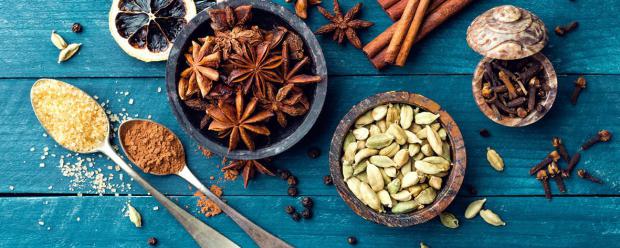
Breaking News
 Six men are making AI decisions for 8 billion people
Six men are making AI decisions for 8 billion people
 Making a Killing: FULL DOCUMENTARY FILM
Making a Killing: FULL DOCUMENTARY FILM
 Rockefeller Foundation Partners With MrBeast To Target Youth With "Next-Gen" Propaganda
Rockefeller Foundation Partners With MrBeast To Target Youth With "Next-Gen" Propaganda
Top Tech News
 Build a Greenhouse HEATER that Lasts 10-15 DAYS!
Build a Greenhouse HEATER that Lasts 10-15 DAYS!
 Look at the genius idea he came up with using this tank that nobody wanted
Look at the genius idea he came up with using this tank that nobody wanted
 Latest Comet 3I Atlas Anomolies Like the Impossible 600,000 Mile Long Sunward Tail
Latest Comet 3I Atlas Anomolies Like the Impossible 600,000 Mile Long Sunward Tail
 Tesla Just Opened Its Biggest Supercharger Station Ever--And It's Powered By Solar And Batteries
Tesla Just Opened Its Biggest Supercharger Station Ever--And It's Powered By Solar And Batteries
 Your body already knows how to regrow limbs. We just haven't figured out how to turn it on yet.
Your body already knows how to regrow limbs. We just haven't figured out how to turn it on yet.
 We've wiretapped the gut-brain hotline to decode signals driving disease
We've wiretapped the gut-brain hotline to decode signals driving disease
 3D-printable concrete alternative hardens in three days, not four weeks
3D-printable concrete alternative hardens in three days, not four weeks
 Could satellite-beaming planes and airships make SpaceX's Starlink obsolete?
Could satellite-beaming planes and airships make SpaceX's Starlink obsolete?
Spice It Up: How to Wildcraft a Winter Seasoning Blend

But while I relish the opportunity to guzzle chocolate with reckless abandon, I do miss the outdoor bounty of spring and summer. There's no denying that cold weather and snow make gardening and foraging options scarce.
If you're pining for warm-weather produce and the rich flavors of foraged food, I've got some good news. You can still have a taste of the wild in wintertime by crafting your own unique seasoning blend from the food you grew and foraged all year long.
Getting started the right way
Where should you begin? With the basics, of course! A solid seasoning mix is there to spice up your food, transforming bland bites into vivacious victuals. In the case of homemade blends, it can also be a way to use up excess garden veggies and foraged edibles from the summer.
A DIY mix enables you to incorporate seasonal foods you can't just buy at the store and taste wild foods when you can't have them fresh. You have complete control over what goes into it, but it can't happen without the prep work. What does that mean?
Dry it up
When you make a seasoning blend, you want to start with pre-dried ingredients. Drying produce might sound inconvenient, but think of it like this: you won't be able to use up all 17,000 tomatoes you grew this year anyway.
Instead of letting them rot, you can simply dehydrate the excess by hanging, using a dehydrator, or whatever method you prefer. By the end of the year, you should have a solid base of dried herbs, spices, veggies, and fruits to choose from.
Keep in mind that wild mushrooms should always be cooked before consumption. If you're using fungi, cook them first and then dehydrate them. Trust me, it's definitely worth it in the end—cooked shrooms have a much richer umami flavor than raw.

 Defend yourself like a pro
Defend yourself like a pro First totally synthetic human brain model has been realized
First totally synthetic human brain model has been realized Mach-23 potato gun to shoot satellites into space
Mach-23 potato gun to shoot satellites into space

